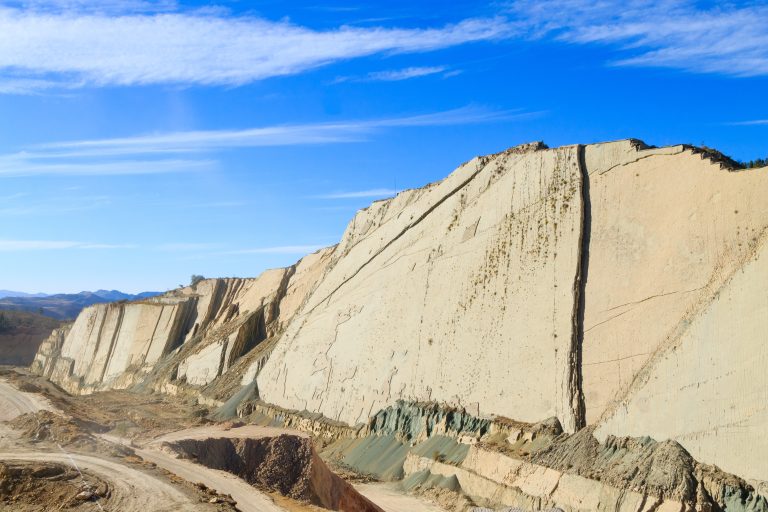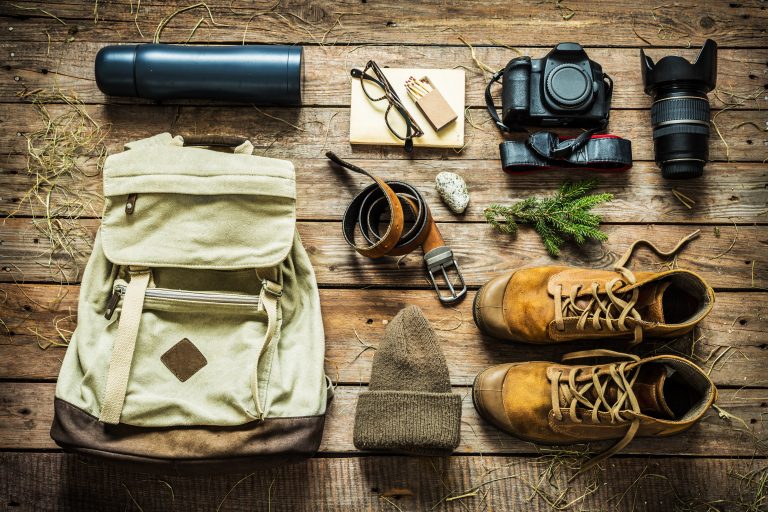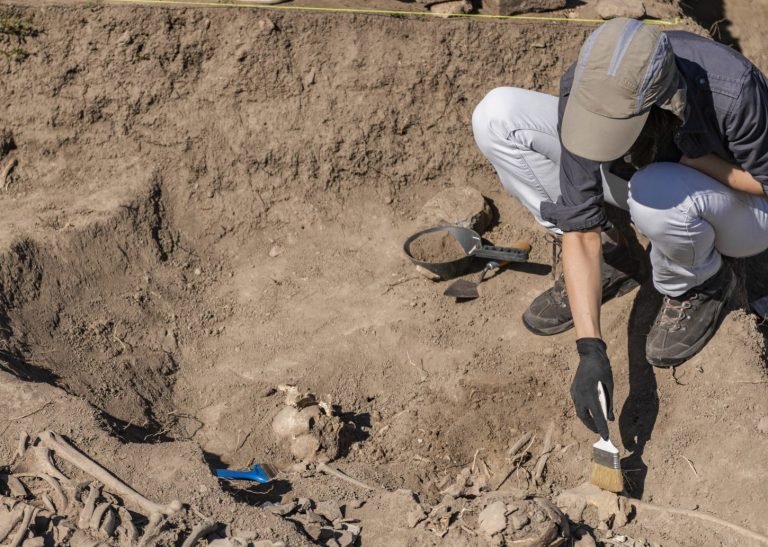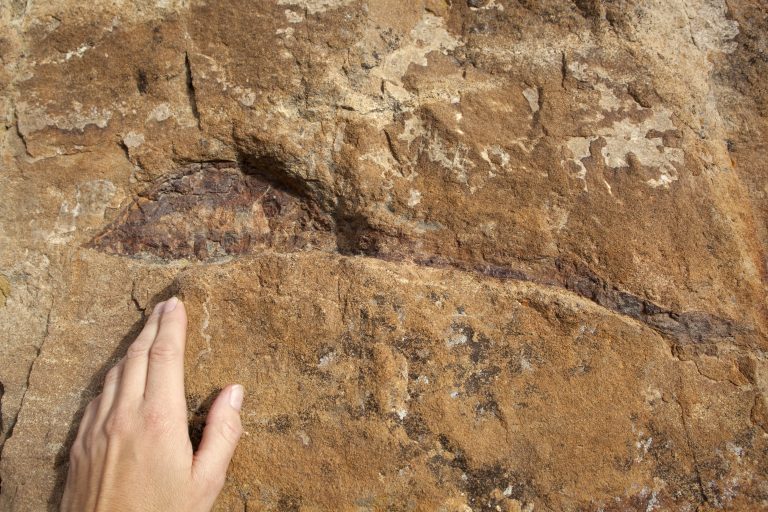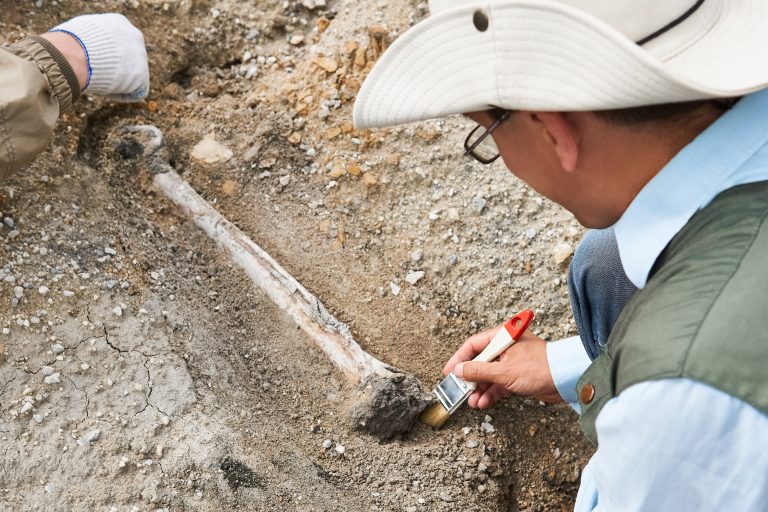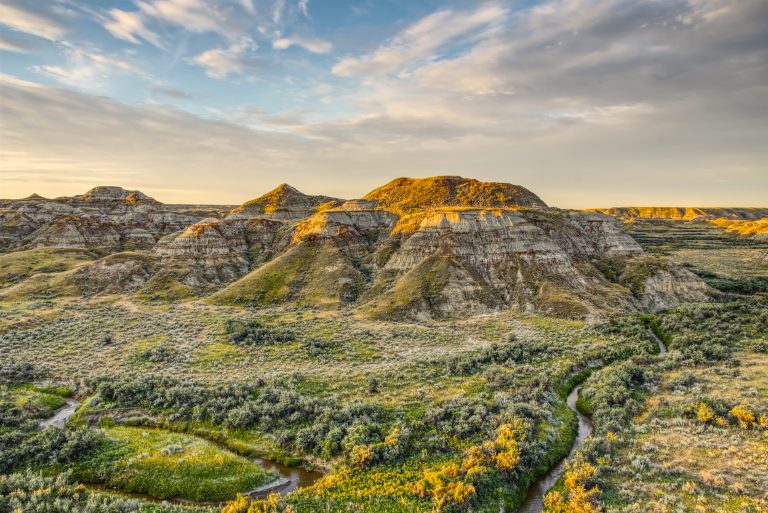5 Essential Tips for Fossil Site Travel Planning

Embarking on a journey to explore the remnants of ancient life is nothing short of thrilling. As an experienced paleontological travel writer, I’m here to share essential tips that will ensure your fossil site travels are as enlightening as they are enjoyable.
1. Research Key Fossil Sites

Before you even pack your bags, dive deep into research. Discovering which sites are renowned for their paleontological significance (like the Burgess Shale in Canada or the Morrison Formation in the US) can be the difference between finding a trilobite and a true treasure.
Check out scientific papers, museum exhibits, or even local fossil enthusiast forums to pinpoint the most promising locations. Remember, some sites might be off the beaten path, so don’t overlook the power of a good old-fashioned map (or a GPS for the tech-savvy traveler).
While you’re at it, look into the history and types of fossils found at each site. This isn’t just about knowing what to look for—it’s about connecting with the ancient world you’re about to walk into.
Hey hey! Don’t forget to subscribe to get our best content 🙂
And don’t forget to check out visitor centers or museums nearby; they often provide invaluable context for what you’ll see in the wild. Plus, they sometimes showcase fossils that are so impressive, they’ll knock your hiking boots off.
Lastly, consider the site’s accessibility. Some fossil beds are in remote areas requiring a hike or even a boat ride to reach. If you’re not one for roughing it, look for sites that are more tourist-friendly. But trust me, sometimes the journey is as fulfilling as the discovery. Just imagine telling the grandkids about the time you rappelled down a cliff to find a piece of ancient history!
2. Plan Your Visit Timing
Timing is everything when it comes to fossil hunting. You’ll want to visit when the weather’s nice, but not when the site is swamped with tourists, which can be a real buzzkill. Check the local climate and aim for the shoulder season—those sweet spots just before or after peak tourist times. Not only will you deal with fewer people, but the weather is often more moderate, making for a more comfortable dig.
Consider the site’s annual events and activities. Some locations have specific times of the year when they allow public digs or offer special tours led by paleontologists. If you’re lucky, you might even stumble upon a fossil festival where you can geek out with fellow enthusiasts.
Lastly, be mindful of natural events that could affect your plans. Seasonal rains can make certain sites inaccessible, while in other areas, winter snows could bury your fossil dreams until spring. Always have a Plan B (and even a Plan C) because Mother Nature can be as unpredictable as a velociraptor’s mood.
3. Packing for Fossil Hunting
You wouldn’t go to a beach without sunscreen, right? Similarly, don’t head to a fossil site without the right gear. A good sturdy pair of boots, protective gloves, and a trusty hammer and chisel are your basic starter kit. Oh, and a hat—because nothing ruins a good fossil hunt like a sunburned noggin.
Don’t forget to pack something to wrap your finds in. Fossils can be delicate, so bring materials like bubble wrap or newspaper to protect them. A notebook and pen for jotting down notes about where you found each piece can also be invaluable. (You’ll thank me when you’re trying to remember which rock came from where.)
Hydration and snacks are crucial, too. Hunting for fossils is hard work, and you don’t want to be miles from civilization when hunger or thirst strikes. Pack more water than you think you’ll need and some energy-boosting treats. (Pro tip: Chocolate is both a morale booster and a quick source of energy. Just watch out for melting!)
4. Understanding Local Laws
Now, let’s talk legality. Different countries and regions have varying laws about fossil collection. Some places are free-for-all, while others require permits or forbid collecting altogether. It’s crucial to know the rules before you go—getting fined or arrested is a surefire way to put a damper on your trip.
In many cases, land ownership dictates what you can and can’t do. National parks, for example, often have strict no-take policies to preserve natural history for everyone. On the other hand, private land might be fair game if you have the owner’s permission. Always ask before you dig—it’s the polite (and legal) thing to do.
Lastly, remember that some fossils are protected by law due to their scientific value. It’s not just about avoiding trouble; it’s about preserving history. After all, fossils are a finite resource, and once they’re gone, they’re gone for good. So, while it might be tempting to pocket that dinosaur bone, think about the future paleontologists who could learn from it.
5. Booking the Right Guide

A good guide can turn a fossil hunt from a wild goose chase into an educational adventure. When booking a guide, look for someone with solid paleontological knowledge and a passion for sharing it. It’s not just about finding fossils; it’s about understanding the stories they tell.
Check reviews and ask for recommendations from fellow fossil enthusiasts. A guide with a glowing reputation is usually worth its weight in ammonite shells. And don’t be afraid to ask potential guides about their experience and qualifications—you’re not just paying for their time, you’re investing in your own experience.
Consider also the guide’s approach to conservation. The best guides are those who respect the sites and teach sustainable practices, ensuring that these wonders will be around for future generations to discover. Plus, they often have the best stories (like that time they accidentally stumbled upon a new species).
6. Safety Measures to Consider
Fossil hunting isn’t just a walk in the park—it can be treacherous if you’re not careful. Always tell someone where you’re going and when you expect to return. Getting lost or injured with no one knowing your whereabouts is about as fun as a T-Rex with a toothache.
Wear suitable clothing for the terrain and weather. This means layering up or down as needed and having a rain jacket on hand because getting drenched in the middle of nowhere is a quick way to ruin your day. And remember, safety gear like helmets and knee pads might make you look a bit like a walking cushion, but they can save you from serious injury.
Be aware of your surroundings. Keep an eye out for wildlife, unstable ground, and other hazards. One wrong step could lead to a sprained ankle or worse. And let’s face it, being airlifted out of a fossil site isn’t the kind of flying experience anyone’s looking for.
7. Documenting Your Finds

When you find that perfect specimen, it’s like hitting the jackpot. But don’t just stuff it in your bag and call it a day. Documenting your findings is crucial for both scientific and personal reasons. Take photos of the fossil in situ (where it was found) and note the exact location using GPS if possible. This information is gold for researchers and adds value to your findings.
Keep a detailed journal of your expedition. Note the weather, the layers of rock you found the fossil in and any other observations. These details might seem mundane now, but they can provide important context later on. Plus, it’s always fun to look back on your fossil-hunting adventures.
If you’re planning to show off your finds to friends or on social media, good photography is key. A clear, well-lit photo can turn a dusty old bone into a social media rock star. And who knows, you might inspire someone else to start their fossil-hunting journey.
8. Respecting the Ecosystem
It’s easy to get caught up in the excitement of the hunt, but it’s crucial to remember that these sites are more than just fossil treasure troves—they’re delicate ecosystems. Stick to established paths to avoid trampling vegetation, and never remove anything that isn’t a fossil (that includes plants, animals, and rocks).
Be mindful of your impact on the local wildlife. The last thing you want is to disturb nesting birds or small critters just trying to go about their day. And always take your trash with you. There’s nothing sadder than finding a beautiful fossil next to a discarded soda can.
Remember, you’re a visitor in a world that’s been around for millions of years. Treat it with the reverence it deserves. By preserving the site, you’re helping ensure that it continues to tell its ancient stories long after you’re gone. It’s not just about being a good human—it’s about being a good time traveler.
9. Joining Fossil Hunter Groups
There’s a whole community of fossil enthusiasts out there, and joining a group can enhance your experience. Not only do you get to share your passion with like-minded individuals, but you also gain access to a wealth of knowledge and resources. Plus, there’s nothing like the camaraderie of a group dig to make you feel part of something bigger.
Look for local clubs or online forums where you can connect with others. These groups often organize trips, which can be a great way to visit new sites with experienced hunters. And don’t underestimate the value of the tips and tricks you’ll pick up from seasoned veterans.
Participating in group activities can also lead to opportunities to contribute to scientific research. Many amateur paleontologists have made significant discoveries, and collective efforts often yield the most exciting results. So, get involved—you might just be a part of the next big find!
10. Post-Trip Fossil Care Tips
Once you’ve returned home with your prehistoric prizes, proper care is essential. Clean your fossils gently with soft brushes and mild soap if necessary, but be cautious—overzealous cleaning can damage them. If you’re unsure how to proceed, consult an expert. It’s better to be safe than sorry when it comes to these ancient treasures.
For storage, keep your fossils in a cool, dry place. Fluctuations in temperature and humidity can be detrimental, so avoid places like attics or basements if you can. And if you’re thinking of displaying them, make sure they’re in a stable position where they won’t be knocked over by a curious pet or a clumsy guest.
Lastly, consider donating duplicates or specimens you can’t properly care for to museums or educational institutions. Not only does this help share knowledge, but it also ensures your fossils are preserved for future generations to marvel at. And who knows, your name might just end up on a little plaque beside your fossil, immortalizing your contribution to science.
Fossil hunting is an adventure that connects us with the deep past, offering a tangible link to the Earth’s ancient inhabitants. With these tips in hand, you’re ready to embark on a journey through time, where every find is a chapter in the story of life on our planet. So, grab your gear, respect the past, and dig into history—happy hunting!

